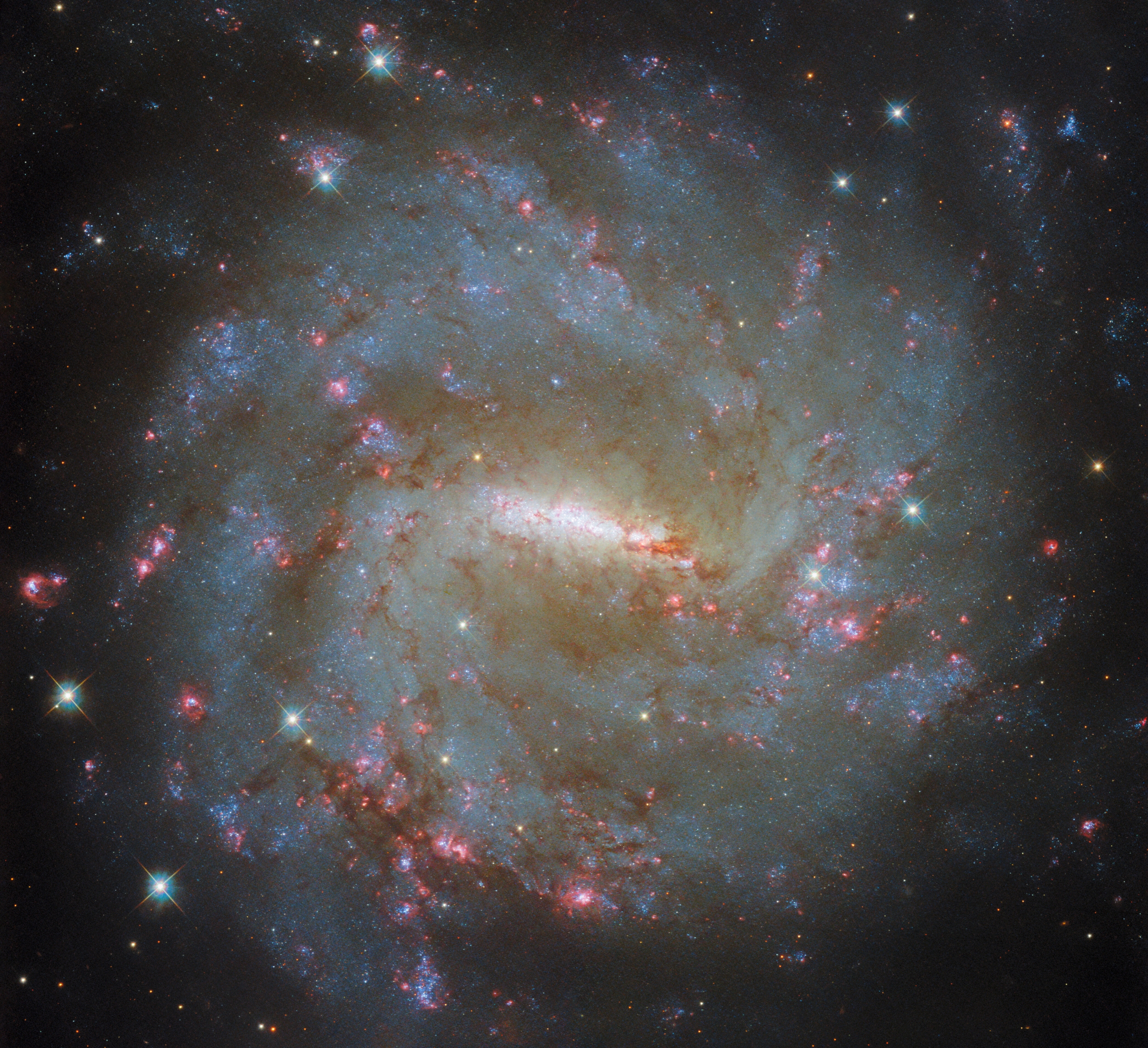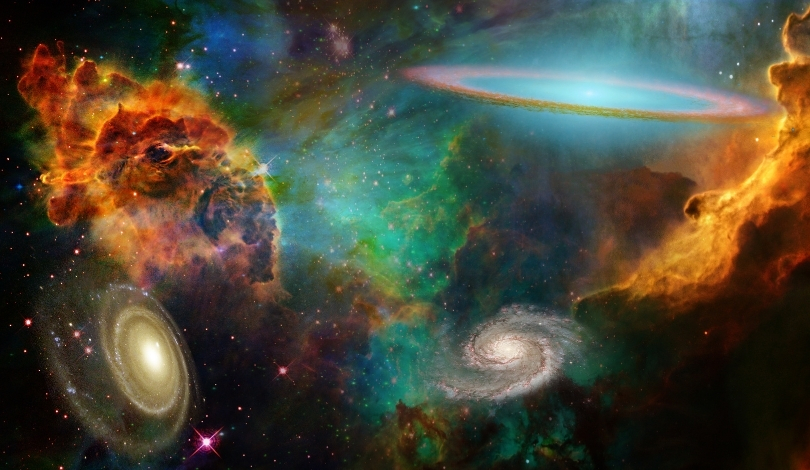Hubble Space Telescope has captured a vivid image of the barred spiral galaxy NGC 3059, located around 57 million light-years from Earth. The telescope’s Wide Field Camera 3 collected this data in May 2024. This observing program aimed to study multiple galaxies using a consistent set of filters to isolate specific wavelengths of light, thus revealing the galaxy’s intricate details.
The Hubble Space Telescope, launched in 1990, offers detailed observations of the universe from its position above Earth’s atmosphere. The telescope’s main characteristics include its ability to capture high-resolution images and its wide range of instruments that can observe light from ultraviolet to near-infrared wavelengths, providing a comprehensive view of celestial objects.
Earlier reports on Hubble’s imaging capabilities have highlighted its role in observing various astronomical phenomena, such as star formation, supernovae, and galaxy interactions. Comparatively, the latest observation of NGC 3059 continues this trend, showcasing Hubble’s enduring ability to capture detailed views of distant galaxies.
Previous analyses of barred spiral galaxies have focused on their structural features and star formation regions. The new image from Hubble aligns with these findings, offering a clearer view of the galaxy’s core and spiral arms. The use of narrow-band filters to capture H-alpha emissions, indicative of star-forming regions, provides valuable data for understanding the physical processes within these galaxies.
Filters and Observations
To capture the image, astronomers used narrow-band filters that allow specific wavelengths, such as the H-alpha line at 656.46 nanometers. These filters help identify hydrogen emissions associated with star formation. Additionally, wide-band filters cover broader wavelength ranges, revealing various features of the galaxy, such as bluish patches of older stars and dusty regions.

The blend of data from multiple filters enables astronomers to create more informative images. For NGC 3059, this approach highlighted the distinct pinkish regions where new stars form and the bluish areas containing older stars. By combining these observations, researchers can analyze the galaxy’s composition and activity more comprehensively.
Key Insights
- Hubble’s Wide Field Camera 3 captured the barred spiral galaxy NGC 3059.
- Filters used include narrow-band for H-alpha emissions and multiple wide-band filters.
- Images reveal star-forming regions and older star patches in the galaxy.
The image of NGC 3059 underscores the Hubble Space Telescope’s significant role in advancing our understanding of galaxy formation and evolution. By employing both narrow-band and wide-band filters, astronomers can dissect the light from galaxies with precision, pinpointing areas of star formation and distinguishing older stellar populations. This method provides a more holistic view of galactic structures and their development over time. As Hubble continues to operate, its observations will remain invaluable for both current research and future astronomical discoveries.










